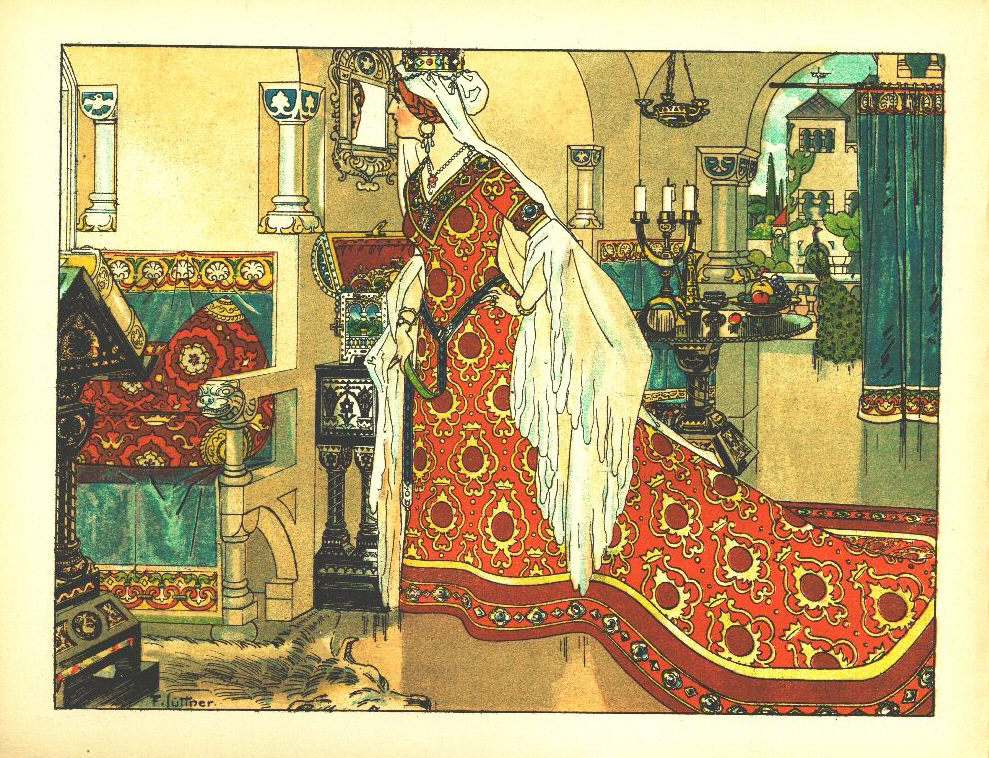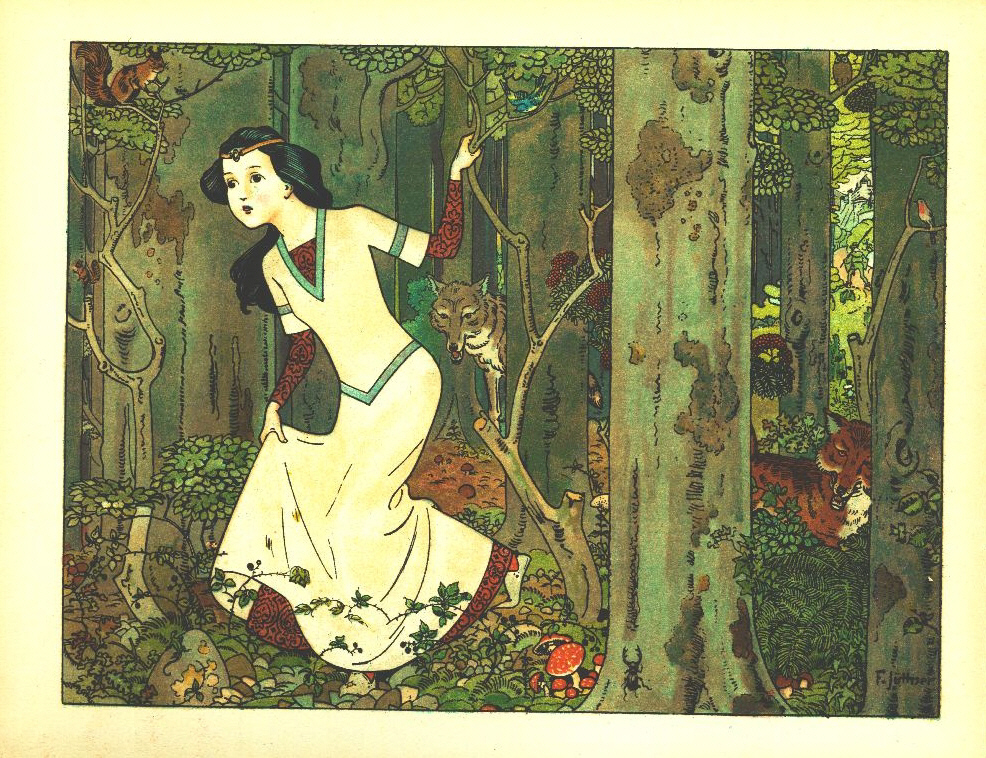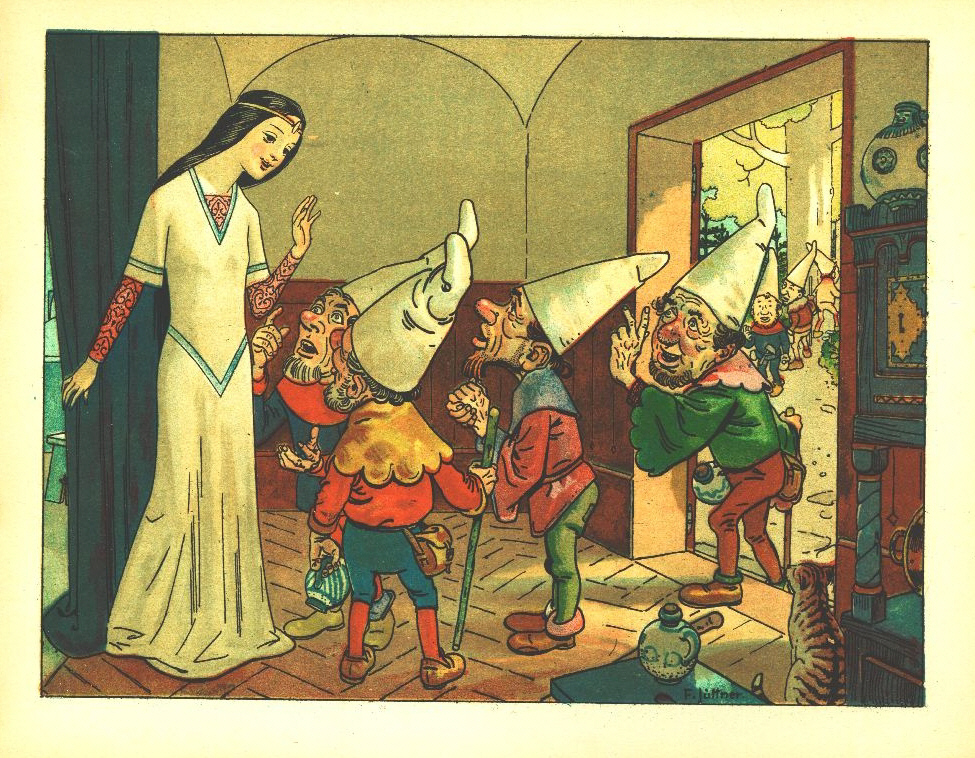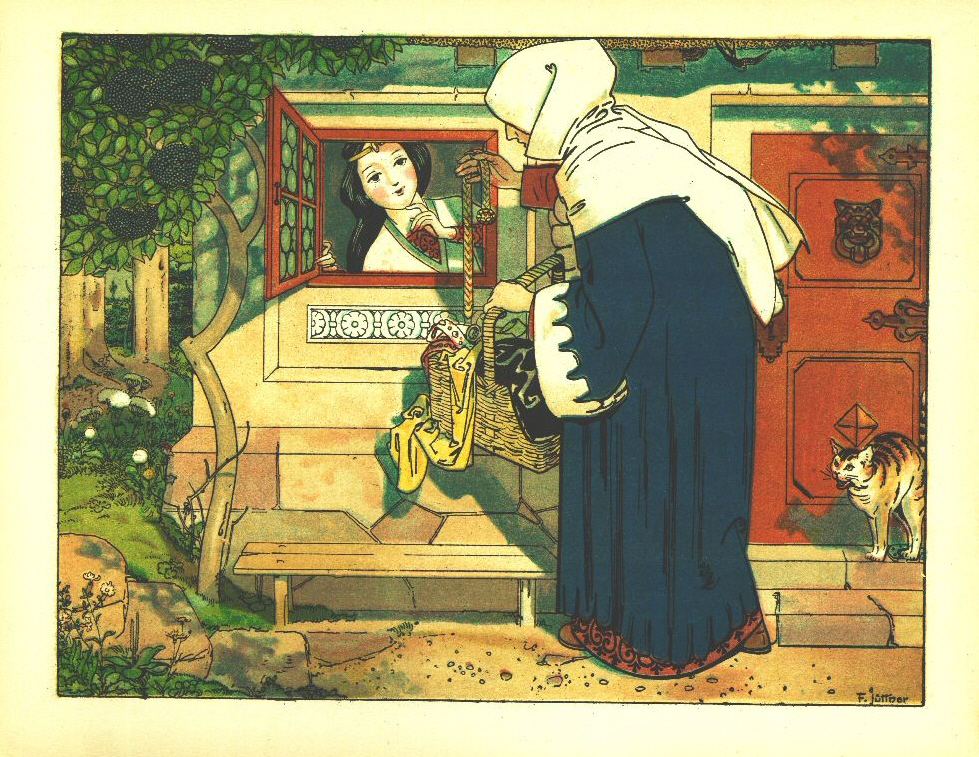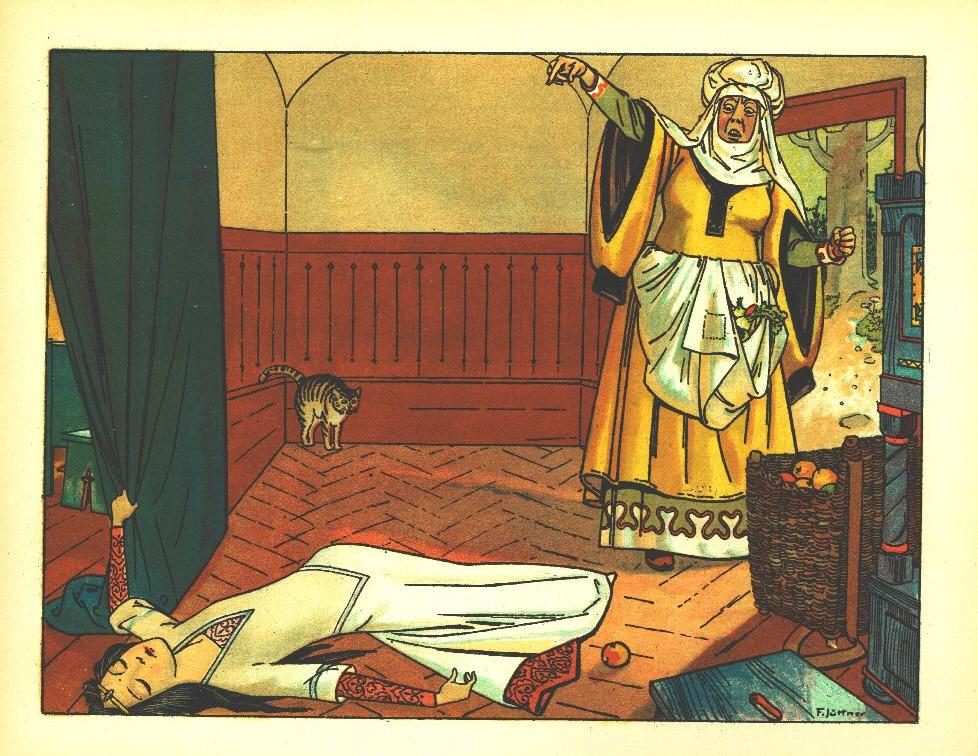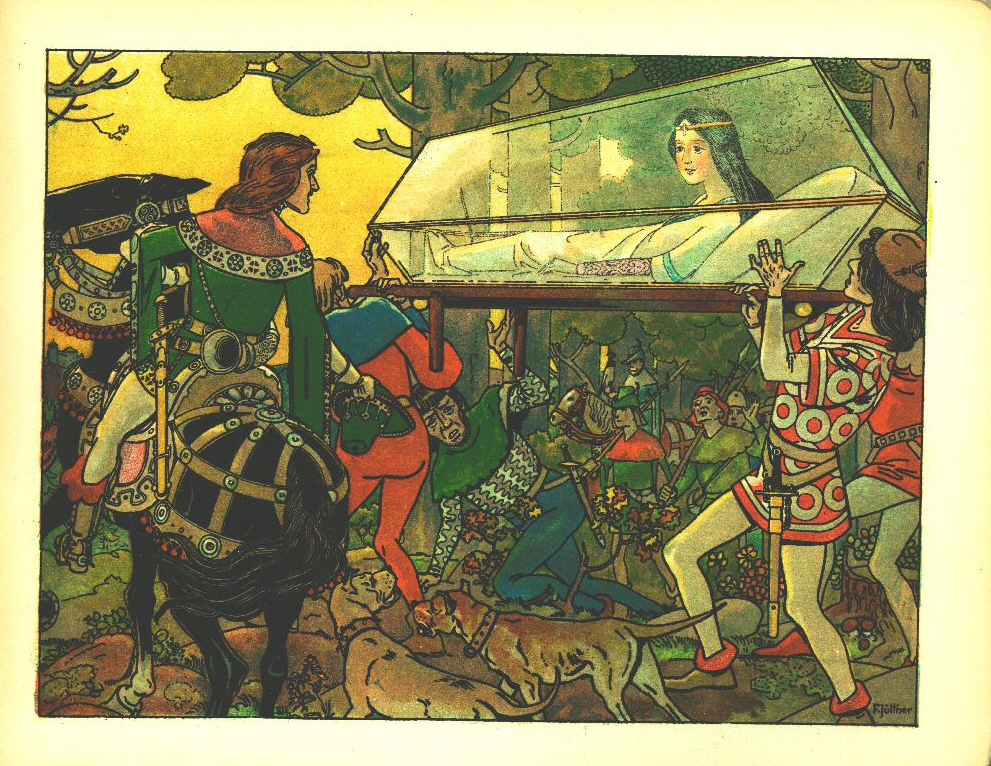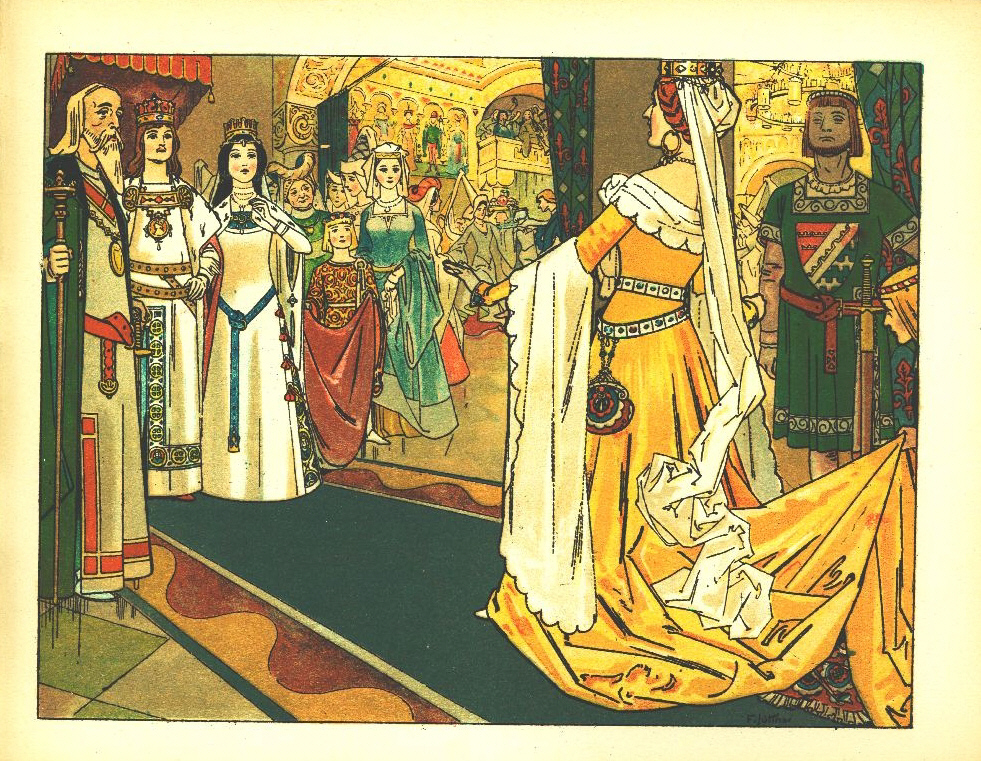Children's Literature
Children's literature or juvenile literature includes stories, books, magazines, and poems that are enjoyed by children. Modern children's literature is classified in two different ways: genre or the intended age of the reader.
Children's literature can be traced to stories and songs, part of a wider oral tradition, that adults shared with children before publishing existed. The development of early children's literature, before printing was invented, is difficult to trace. Even after printing became widespread, many classic "children's" tales were originally created for adults and later adapted for a younger audience. Since the 15th century, a large quantity of literature, often with a moral or religious message, has been aimed specifically at children. The late nineteenth and early twentieth centuries became known as the "Golden Age of Children's Literature" as this period included the publication of many books acknowledged today as classics.
History
Early children's literature consisted of spoken stories, songs, and poems that were used to educate, instruct, and entertain children. It was only in the 18th century, with the development of the concept of childhood, that a separate genre of children's literature began to emerge, with its own divisions, expectations, and canon.
French historian Philippe Ariès argues in his 1962 book Centuries of Childhood that the modern concept of childhood only emerged in recent times. He explains that children were in the past not considered as greatly different from adults and were not given significantly different treatment. As evidence for this position, he notes that, apart from instructional and didactic texts for children written by clerics like the Venerable Bede and Ælfric of Eynsham, there was a lack of any genuine literature aimed specifically at children before the 18th century.
Other scholars have qualified this viewpoint by noting that there was a literature designed to convey the values, attitudes, and information necessary for children within their cultures, such as the Play of Daniel from the 12th century. Pre-modern children's literature, therefore, tended to be of a didactic and moralistic nature, with the purpose of conveying conduct-related, educational and religious lessons.
Early-Modern Europe
During the 17th century, the concept of childhood began to emerge in Europe. Adults saw children as separate beings, innocent and in need of protection and training by the adults around them. The English philosopher John Locke developed his theory of the tabula rasa in his 1690 An Essay Concerning Human Understanding. In Locke's philosophy, tabula rasa was the theory that the (human) mind is at birth a "blank slate" without rules for processing data, and that data is added and rules for processing are formed solely by one's sensory experiences. A corollary of this doctrine was that the mind of the child was born blank, and that it was the duty of the parents to imbue the child with correct notions. Locke himself emphasized the importance of providing children with "easy pleasant books" to develop their minds rather than using force to compel them; "children may be cozen'd into a knowledge of the letters; be taught to read, without perceiving it to be anything but a sport, and play themselves into that which others are whipp'd for." He also suggested that picture books be created for children.
Another influence on this shift in attitudes came from Puritanism, which stressed the importance of individual salvation. Puritans were concerned with the spiritual welfare of their children, and there was a large growth in the publication of "good godly books" aimed squarely at children. Some of the most popular works were by James Janeway, but the most enduring book from this movement, still widely read today, was The Pilgrim's Progress (1678) by John Bunyan.
Chapbooks, pocket-sized pamphlets that were often folded instead of being stitched, were published in Britain; illustrated by woodblock printing, these inexpensive booklets reprinted popular ballads, historical re-tellings, and folk tales. Though not specifically published for children at this time, young people enjoyed the booklets as well. Johanna Bradley says, in From Chapbooks to Plum Cake, that chapbooks kept imaginative stories from being lost to readers under the strict Puritan influence of the time.
Hornbooks also appeared in England during this time, teaching children basic information such as the alphabet and the Lord's Prayer. These were brought from England to the American colonies in the mid-17th century. The first such book was a catechism for children written in verse by the Puritan John Cotton. Known as Spiritual Milk for Boston Babes, it was published in 1646, appearing both in England and Boston. Another early book, The New England Primer, was in print by 1691 and used in schools for 100 years. The primer begins, "In Adam's fall We sinned all ...", and continues through the alphabet. It also contained religious maxims, acronyms, spelling help and other educational items, all decorated by woodcuts.
In 1634, the Pentamerone from Italy became the first major published collection of European folk tales. Charles Perrault began recording fairy tales in France, publishing his first collection in 1697. They were not well received among the French literary society, who saw them as only fit for old people and children. In 1658, Jan Ámos Comenius in Bohemia published the informative illustrated Orbis Pictus, for children under six learning to read. It is considered to be the first picture book produced specifically for children.
The first Danish children's book was The Child's Mirror by Niels Bredal in 1568, an adaptation of a Courtesy book by the Dutch priest Erasmus. A Pretty and Splendid Maiden's Mirror, an adaptation of a German book for young women, became the first Swedish children's book upon its 1591 publication. Sweden published fables and a children's magazine by 1766.
In Italy, Giovanni Francesco Straparola released The Facetious Nights of Straparola in the 1550s. Called the first European storybook to contain fairy-tales, it eventually had 75 separate stories and written for an adult audience. Giulio Cesare Croce also borrowed from stories children enjoyed for his books.
Russia's earliest children's books, primers, appeared in the late 16th century. An early example is ABC-Book, an alphabet book published by Ivan Fyodorov in 1571. The first picture book published in Russia, Karion Istomin's The Illustrated Primer, appeared in 1694. Peter the Great's interest in modernizing his country through Westernization helped Western children's literature dominate the field through the 18th century. Catherine the Great wrote allegories for children, and during her reign, Nikolai Novikov started the first juvenile magazine in Russia.
Origins of the Modern Genre
The modern children's book emerged in mid-18th-century England. A growing polite middle-class and the influence of Lockean theories of childhood innocence combined to create the beginnings of childhood as a concept. A Little Pretty Pocket-Book, written and published by John Newbery, is widely considered the first modern children's book, published in 1744. It was a landmark as the first children's publication aimed at giving enjoyment to children, containing a mixture of rhymes, picture stories and games for pleasure. Newbery believed that play was a better enticement to children's good behavior than physical discipline, and the child was to record his or her behavior daily.
The book was child–sized with a brightly colored cover that appealed to children—something new in the publishing industry. Known as gift books, these early books became the precursors to the toy books popular in the 19th century. Newbery was also adept at marketing this new genre. According to the journal The Lion and the Unicorn, "Newbery's genius was in developing the fairly new product category, children's books, through his frequent advertisements ... and his clever ploy of introducing additional titles and products into the body of his children's books."
The improvement in the quality of books for children, as well as the diversity of topics he published, helped make Newbery the leading producer of children's books in his time. He published his own books as well as those by authors such as Samuel Johnson and Oliver Goldsmith; the latter may have written The History of Little Goody Two-Shoes, Newbery's most popular book.
Another philosopher who influenced the development of children's literature was Jean-Jacques Rousseau, who argued that children should be allowed to develop naturally and joyously. His idea of appealing to a children's natural interests took hold among writers for children. Popular examples included Thomas Day's The History of Sandford and Merton, four volumes that embody Rousseau's theories. Furthermore, Maria and Richard Lovell Edgeworth's Practical Education: The History of Harry and Lucy (1780) urged children to teach themselves.
Rousseau's ideas also had great influence in Germany, especially on German Philanthropism, a movement concerned with reforming both education and literature for children. Its founder, Johann Bernhard Basedow, authored Elementarwerk as a popular textbook for children that included many illustrations by Daniel Chodowiecki. Another follower, Joachim Heinrich Campe, created an adaptation of Robinson Crusoe that went into over 100 printings. He became Germany's "outstanding and most modern" writer for children. According to Hans-Heino Ewers in The International Companion Encyclopedia of Children's Literature, "It can be argued that from this time, the history of European children's literature was largely written in Germany.
In the early 19th century, Danish author and poet Hans Christian Andersen traveled through Europe and gathered many well-known fairy tales. He was followed by the Brothers Grimm, who preserved the traditional tales told in Germany. They were so popular in their home country that modern, realistic children's literature began to be looked down on there. This dislike of non-traditional stories continued there until the beginning of the next century. The Grimms's contribution to children's literature goes beyond their collection of stories, as great as that is. As professors, they had a scholarly interest in the stories, striving to preserve them and their variations accurately, recording their sources.
A similar project was carried out by the Norwegian scholars Peter Christen Asbjørnsen and Jørgen Moe, who collected Norwegian fairy tales and published them as Norwegian Folktales, often referred to as Asbjørnsen and Moe. By compiling these stories, they preserved Norway's literary heritage and helped create the Norwegian written language.
In Switzerland, Johann David Wyss published The Swiss Family Robinson in 1812, with the aim of teaching children about family values, good husbandry, the uses of the natural world and self-reliance. The book became popular across Europe after it was translated into French by Isabelle de Montolieu.
E. T. A. Hoffmann's tale "The Nutcracker and the Mouse King" was published in 1816 in a German collection of stories for children, Kinder-Märchen. It is the first modern short story to introduce bizarre, odd and grotesque elements in children's literature and thereby anticipates Lewis Carroll's tale, Alice's Adventures in Wonderland. There are not only parallels concerning the content (the weird adventures of a young girl in a fantasy land), but also the origin of the tales as both are dedicated and given to a daughter of the author's friends.
Golden Age
The shift to a modern genre of children's literature occurred in the mid-19th century, as the didacticism of a previous age began to make way for more humorous, child-oriented books, more attuned to the child's imagination. The availability of children's literature greatly increased as well, as paper and printing became widely available and affordable, the population grew and literacy rates improved.
Tom Brown's School Days by Thomas Hughes appeared in 1857, and is considered to be the founding book in the school story tradition. However, it was Lewis Carroll's fantasy, Alice's Adventures in Wonderland, published in 1865 in England, that signaled the change in writing style for children to an imaginative and empathetic one. Regarded as the first "English masterpiece written for children" and as a founding book in the development of fantasy literature, its publication opened the "First Golden Age" of children's literature in Britain and Europe that continued until the early 1900s. Another important book of that decade was The Water-Babies, A Fairy Tale for a Land Baby, by Reverend Charles Kingsley (1862), which became extremely popular in England, and remains a classic of British children's literature.
In 1883, Carlo Collodi wrote the first Italian fantasy novel, The Adventures of Pinocchio, which was translated many times. In that same year, Emilio Salgari, the man who would become "the adventure writer par excellence for the young in Italy" gave birth to his most legendary character Sandokan. In Britain, The Princess and the Goblin and its sequel The Princess and Curdie, by George MacDonald, appeared in 1872 and 1883, and the adventure stories Treasure Island and Kidnapped, both by Robert Louis Stevenson, were extremely popular in the 1880s. Rudyard Kipling's The Jungle Book was first published in 1894, and J. M. Barrie told the story of Peter Pan in the novel Peter and Wendy in 1911. Johanna Spyri's two-part novel Heidi was published in Switzerland in 1880 and 1881. In the US, children's publishing entered a period of growth after the American Civil War in 1865. Boys' book writer Oliver Optic published over 100 books. In 1868, the "epoch-making book" Little Women, the fictionalized autobiography of Louisa May Alcott, was published. This "coming of age" story established the genre of realistic family books in the United States. Mark Twain released Tom Sawyer in 1876, and in 1880 another bestseller, Uncle Remus: His Songs and His Sayings, a collection of African American folk tales adapted and compiled by Joel Chandler Harris, appeared.
Classification
Children's literature can be divided into a number of categories, but it is most easily categorized according to genre or the intended age of the reader.
By genre
A literary genre is a category of literary compositions. Genres may be determined by technique, tone, content, or length. According to Anderson, there are six categories of children's literature (with some significant subgenres):
- Picture books, including concept books that teach the alphabet or counting for example, pattern books, and wordless books.
- Traditional literature, including folktales, which convey the legends, customs, superstitions, and beliefs of people in previous civilizations. This genre can be further broken into subgenres: myths, fables, legends, and fairy tales
- Fiction, including fantasy, realistic fiction, and historical fiction
- Non-fiction
- Biography and autobiography
- Poetry and verse.
By age category
The criteria for these divisions are vague, and books near a borderline may be classified either way. Books for younger children tend to be written in simple language, use large print, and have many illustrations. Books for older children use increasingly complex language, normal print, and fewer (if any) illustrations. The categories with an age range are listed below:
- Picture books, appropriate for pre-readers or children ages 0–5.
- Early reader books, appropriate for children ages 5–7. These books are often designed to help a child build his or her reading skills.
- Chapter books, appropriate for children ages 7–12.
- Short chapter books, appropriate for children ages 7–9.
- Longer chapter books, appropriate for children ages 9–12.
- Young-adult fiction, appropriate for children ages 12–18.
Illustration
Pictures have always accompanied children's stories. A papyrus from Byzantine Egypt, shows illustrations accompanied by the story of Hercules' labors. Modern children's books are illustrated in a way that is rarely seen in adult literature, except in graphic novels. Generally, artwork plays a greater role in books intended for younger readers (especially pre-literate children). Children's picture books often serve as an accessible source of high quality art for young children. Even after children learn to read well enough to enjoy a story without illustrations, they continue to appreciate the occasional drawings found in chapter books.
According to Joyce Whalley in The International Companion Encyclopedia of Children's Literature, "an illustrated book differs from a book with illustrations in that a good illustrated book is one where the pictures enhance or add depth to the text." Using this definition, the first illustrated children's book is considered to be Orbis Pictus which was published in 1658 by the Moravian author Comenius. Acting as a kind of encyclopedia,Orbis Pictus had a picture on every page, followed by the name of the object in Latin and German. It was translated into English in 1659 and was used in homes and schools around Europe and Great Britain for years.
Early children's books, such as Orbis Pictus, were illustrated by woodcut, and many times the same image was repeated in a number of books regardless of how appropriate the illustration was for the story. Newer processes, including copper and steel engraving were first used in the 1830s. One of the first uses of Chromolithography (a way of making multi-colored prints) in a children's book was demonstrated in Struwwelpeter, published in Germany in 1845. English illustrator Walter Crane refined its use in children's books in the late 19th century.
Another method of creating illustrations for children's books was etching, used by George Cruikshank in the 1850s. By the 1860s, top artists were illustrating for children, including Crane, Randolph Caldecott, Kate Greenaway, and John Tenniel. Most pictures were still black-and-white, and many color pictures were hand colored, often by children. The Essential Guide to Children's Books and Their Creators credits Caldecott with "The concept of extending the meaning of text beyond literal visualization".
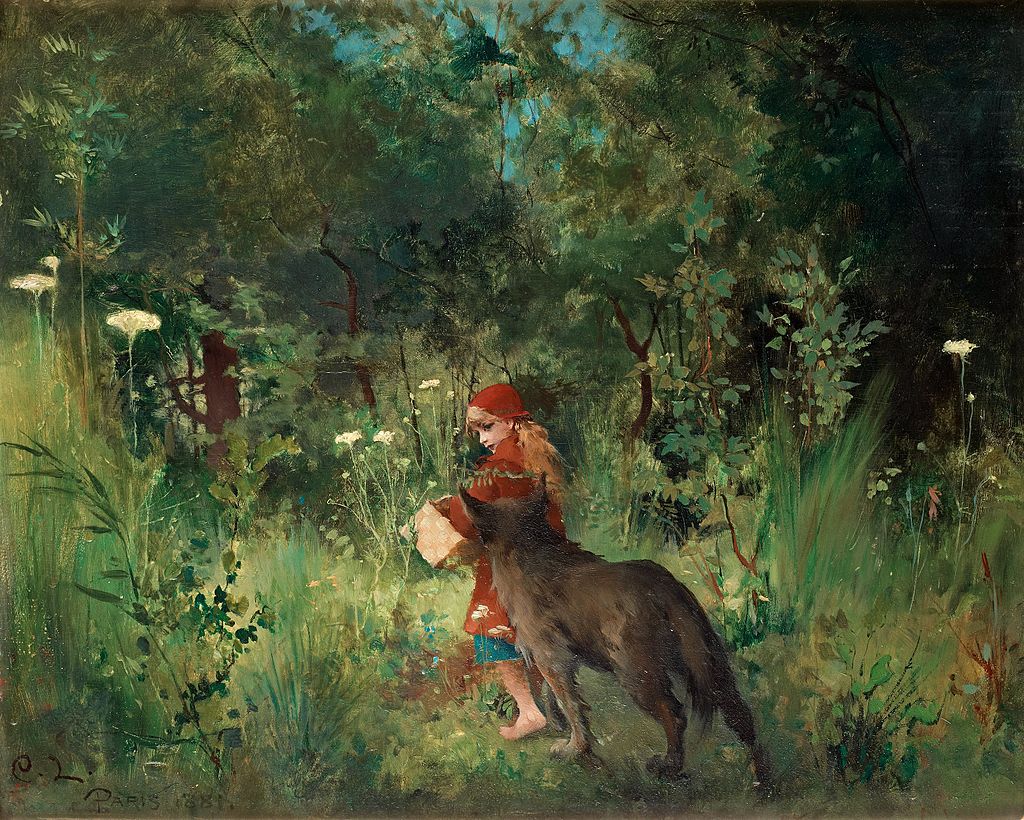
Twentieth-century artists such as Kay Nielson, Edmund Dulac, and Arthur Rackham produced illustrations that are still reprinted today. Developments in printing capabilities were reflected in children's books. After World War II, offset lithography became more refined, and painter-style illustrations, such as Brian Wildsmith's were common by the 1950s.
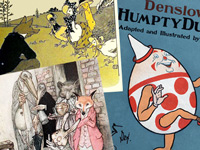
RESOURCES
This article uses material from the Wikipedia article "Children's literature", which is released under the Creative Commons Attribution-Share-Alike License 3.0.
© Stories Preschool. All Rights Reserved.
